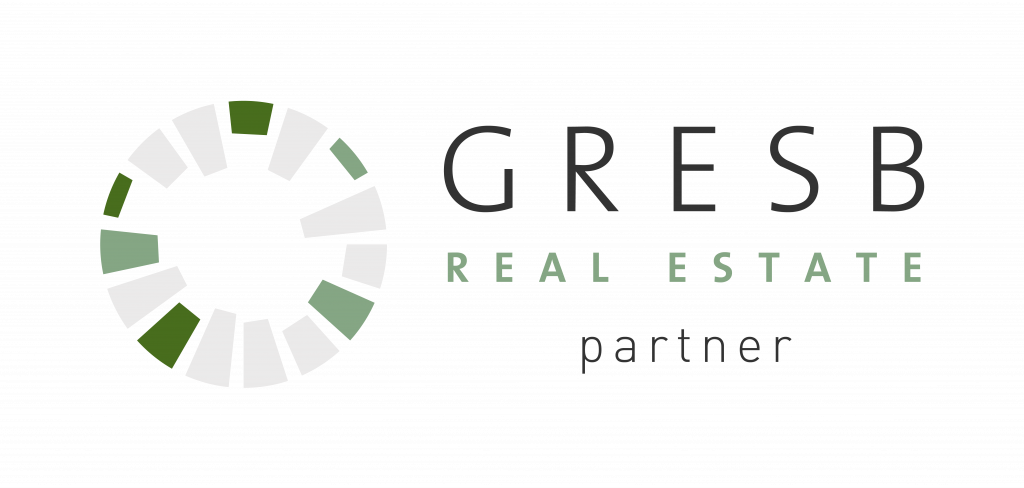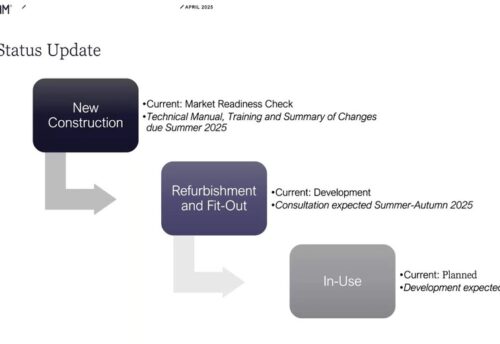
The Taskforce on Climate-related Financial Disclosures
An important trend in recent years has been the implementation of increased disclosure requirements for companies, often driven by regulatory actions. The most notable development in this realm is the requirement for all listed companies and limited liability partnerships to report on climate risk in line with the recommendations from the Taskforce on Climate-related Financial Disclosures (TCFD).
The taskforce was published in 2017, under guidelines of the G20 Financial Stability Board, chaired by Michael Bloomberg, and is composed largely of private-sector representatives from both financial and non-financial corporations. The TCFD notably focuses regarding the subtypes of transition risk. Viewing climate through a risk lens means zeroing in specifically on the ways in which climate change affects assets, through hazards and drivers, exposures, and vulnerabilities; how they transmit into the real and financial economies affecting households, governments, companies, and the financial institutions that lend to and invest in them; and, how different sectors are differentially affected.
The TCFD’s recommendations are structured around four thematic areas: Governance, Strategy, Risk Management, and Metrics and Targets. Under these categories, companies are encouraged to disclose information on how they identify, assess, and manage climate-related risks and opportunities. This includes details on their governance structure related to climate issues, their strategies for mitigating climate risks, and their progress towards climate-related targets and metrics. One of the TCFD’s key strengths is its flexibility, enabling companies to adapt their disclosures to their specific industry, risk profile, and business model. By incorporating climate-related financial information into their reports, companies can provide investors and stakeholders with a clearer understanding of their long-term resilience in the face of climate change.
These disclosures not only empower investors to make more informed decisions by integrating climate considerations into their investment strategies but also foster a sense of responsibility and accountability among corporations. By embracing TCFD recommendations, companies can proactively address climate change risks, seize opportunities in the transition to a low-carbon economy, and contribute to a more sustainable and resilient global financial system.
TCFD FRAMEWORK:
Background: The TCFD framework is a set of voluntary recommendations for companies to disclose climate-related financial information. It focuses on the assessment and disclosure of climate risks and opportunities in financial reporting.
Applicability: The TCFD framework is not limited to any specific region or jurisdiction and is intended for use by companies and financial institutions worldwide. It is a voluntary framework, meaning companies can choose whether or not to adopt it.
Climate Focus: The TCFD framework concentrates on climate-related risks and opportunities, considering aspects like governance, strategy, risk management, and metrics and targets. It helps organizations provide investors and stakeholders with information about how they are addressing climate change in their operations and strategies. The TCFD singles out physical and transition risk as the main sources of climate risk. It splits physical risk in two subtypes: acute and chronic. It splits transition risk into four subtypes: policy and legal, technology, market, and reputational. TCFD recommendations state that firms should disclose on four key parameters, ranging from the concrete to the abstract, so that firm shareholders and other stakeholders are aware and fully informed of the progress the firms have made in their preparedness to tackle climate change
Disclosure Requirements: While the TCFD framework encourages companies to disclose climate-related financial information, it is not a regulatory requirement. However, it has gained significant traction and support from investors, regulators, and organizations worldwide, leading to increased voluntary adoption.
The widespread adoption of the TCFD framework is indicative of the growing recognition within the financial industry that climate change is a material financial risk. It is becoming increasingly clear that companies that fail to disclose their climate-related information may face heightened scrutiny from investors, rating agencies, and regulators. As a result, the TCFD’s influence extends beyond mere disclosure—it is a catalyst for driving climate-conscious business strategies and fostering a transition to a more sustainable and responsible financial ecosystem.













